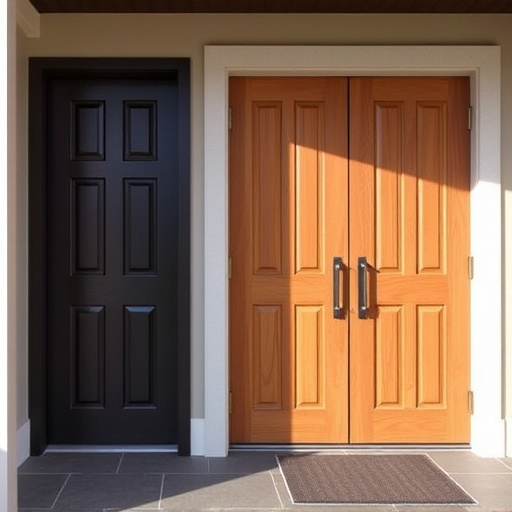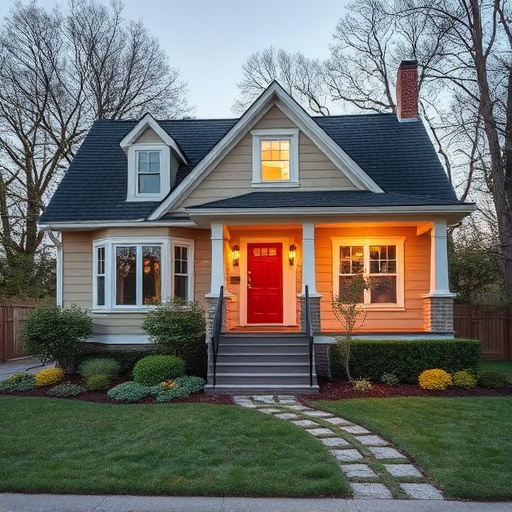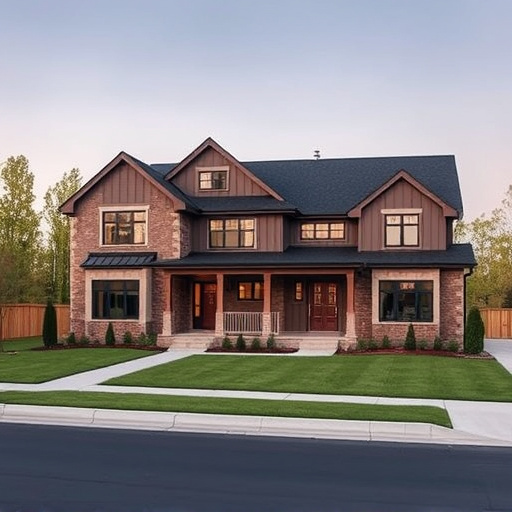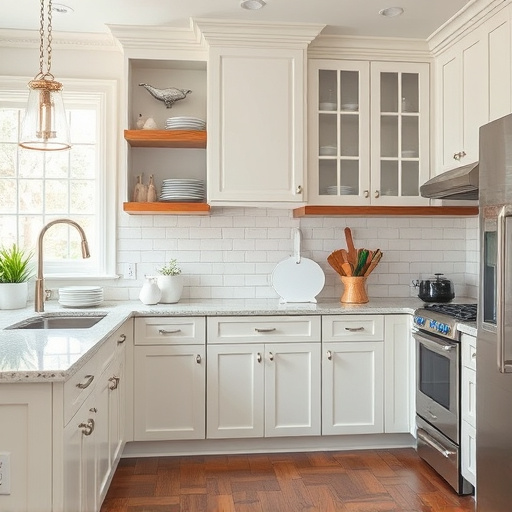A successful commercial renovation requires setting clear goals (e.g., increased square footage, improved accessibility) and meticulous budget planning to avoid "scope creep" and financial strain. This involves assessing labor, materials, permits, and potential business disruptions early on. Engaging experienced professionals with accurate cost assessments ensures efficient resource use, timely completion, and alignment with the client's vision, ultimately achieving a successful transformation without exceeding the budget.
In the dynamic world of commercial renovation, a well-executed plan is paramount to success. However, many projects stumble due to critical mistakes in planning and execution. This article delves into the top considerations to avoid during commercial renovation, including unclear objectives and budget planning, inadequate market research, and neglecting key stakeholder engagement. By steering clear of these pitfalls, professionals can ensure projects remain on track, within budget, and aligned with local regulations—fostering a thriving and harmonious business environment.
- Lack of Clear Objectives and Budget Planning
- – Undefined goals and scope creep
- – Unrealistic budget estimates and lack of financial control
Lack of Clear Objectives and Budget Planning

A poorly executed commercial renovation often stems from a lack of clear objectives and budget planning. Without defined goals, it’s easy for projects to veer off course, leading to costly mistakes and delays. Each space has unique requirements; defining these objectives is crucial before breaking ground. For instance, is the focus on increasing square footage, improving accessibility, or enhancing aesthetics? A well-thought-out plan ensures every decision aligns with these goals, from selecting materials to determining timelines.
Budgeting is another critical aspect often overlooked in commercial renovation projects. Unlike residential renovations like bathroom renovations or multiple room remodels, commercial spaces involve significant investments. Proper budget planning involves evaluating costs for labor, materials, permits, and unforeseen expenses. It’s essential to allocate funds realistically, especially considering potential disruptions to business operations during the renovation process. Home improvement services should be chosen wisely, aligning with both the project scope and budget to ensure a successful transformation without unnecessary financial strain.
– Undefined goals and scope creep
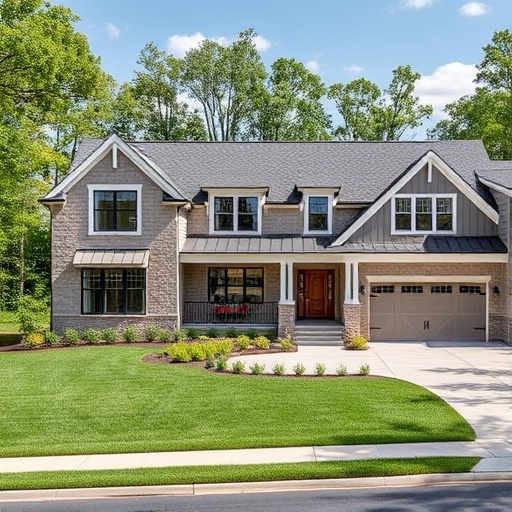
In the realm of commercial renovation, defining clear goals is paramount to success. When project objectives are vague or left undefined, it sets the stage for a myriad of problems. As the project progresses, what initially seemed like a straightforward transformation can quickly evolve into an expansive and costly ordeal known as “scope creep.” This insidious trend occurs when changes in design, features, or scope are made without proper authorization or additional resources, leading to delays and budget overruns. For instance, starting with a simple office redesign might morph into a full-scale whole house remodel, altering the initial vision and causing frustration for all involved parties.
To avoid these pitfalls, it’s crucial to establish well-defined goals from the outset. Commercial renovation services should involve comprehensive planning that includes detailed scopes of work, timelines, and budget estimates. By maintaining clear boundaries, project stakeholders can ensure efficient use of resources, timely completion, and a final product that aligns with the client’s original vision—whether it’s transforming a mundane office space into a vibrant workplace or renovating an existing facility to meet evolving business needs.
– Unrealistic budget estimates and lack of financial control

In the realm of commercial renovation, one of the most common pitfalls is the absence of a realistic budget and financial oversight. Many business owners or developers tend to underestimate the costs associated with transforming a space into a functional and aesthetically pleasing commercial venue. Unrealistic budget estimates often stem from a lack of comprehensive planning and research, leading to unexpected expenses that can strain financial resources. This issue is further exacerbated by a failure to establish clear financial controls, allowing costs to spiral out of control before project stakeholders realize the extent of the problem.
A poorly executed commercial renovation plan may result in significant financial losses if not addressed promptly. Business owners should engage experienced professionals who can provide accurate cost assessments and guide them through effective financial management strategies. Customized home renovations, while appealing, require meticulous planning to ensure they align with the client’s vision without causing financial strain. Home remodeling projects, after all, are investments that demand careful consideration of both design and budgetary aspects.
When executing a commercial renovation, steering clear of common pitfalls is essential for a successful transformation. One must prioritize defining clear objectives and creating a detailed budget plan to mitigate scope creep and financial overspend. A well-thought-out strategy that accounts for potential challenges ensures the project stays on track, delivering an efficient and cost-effective outcome. By avoiding these mistakes, you’ll foster a smoother process, ultimately achieving a superior commercial renovation result.


